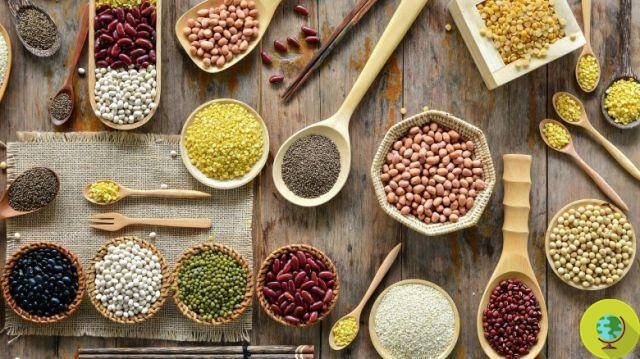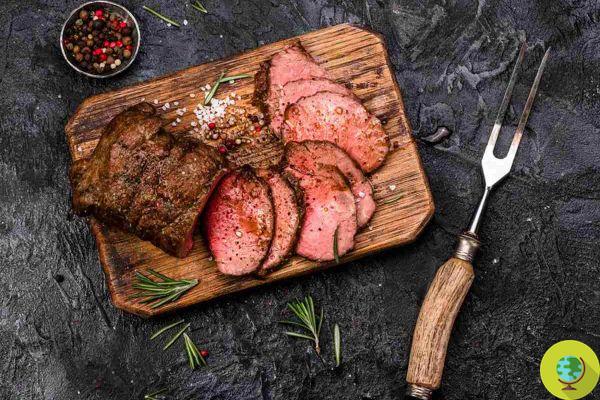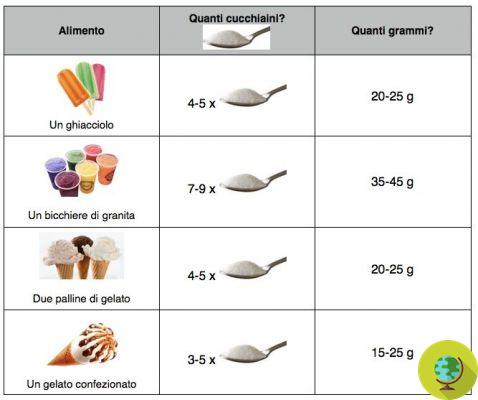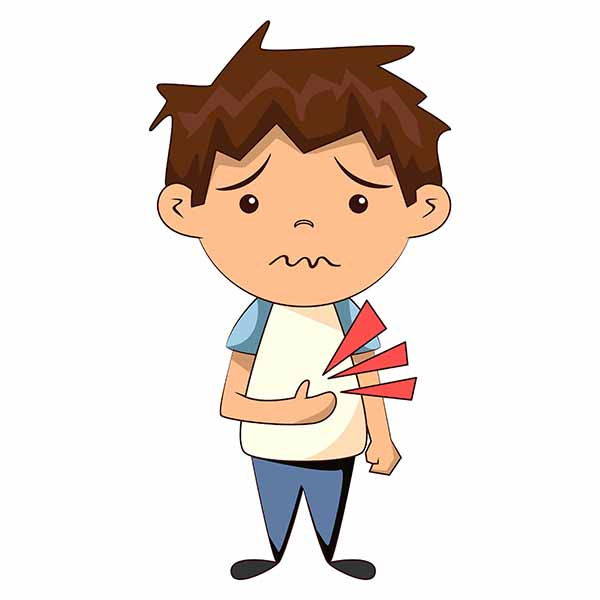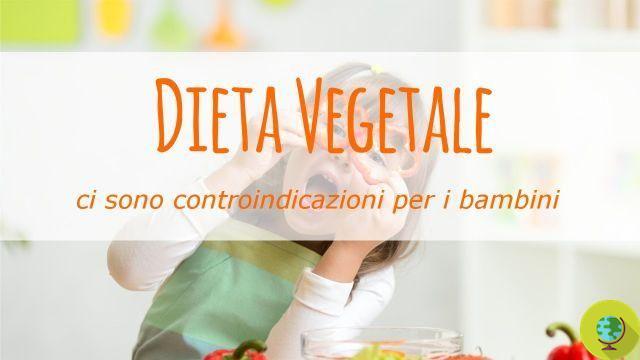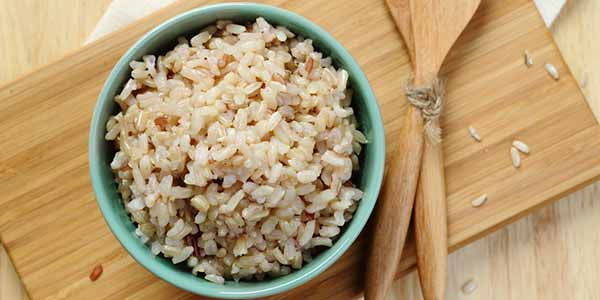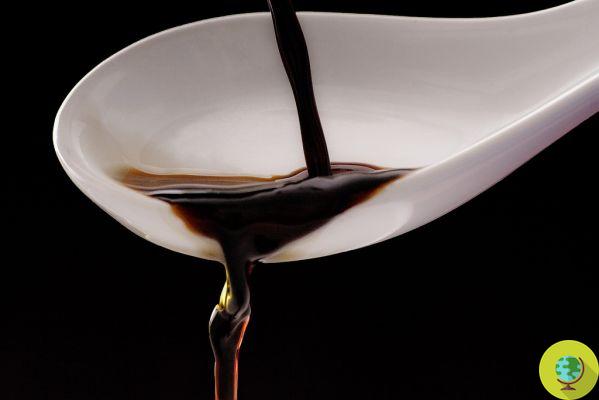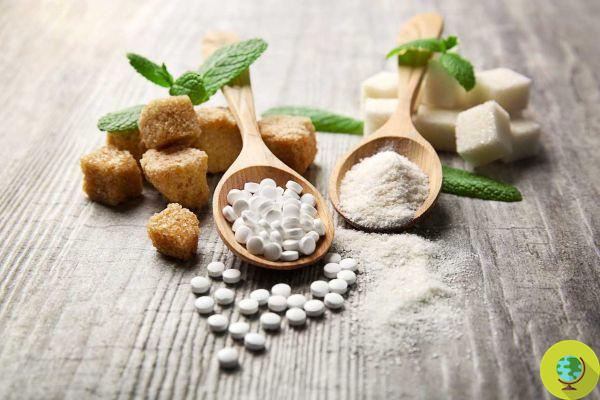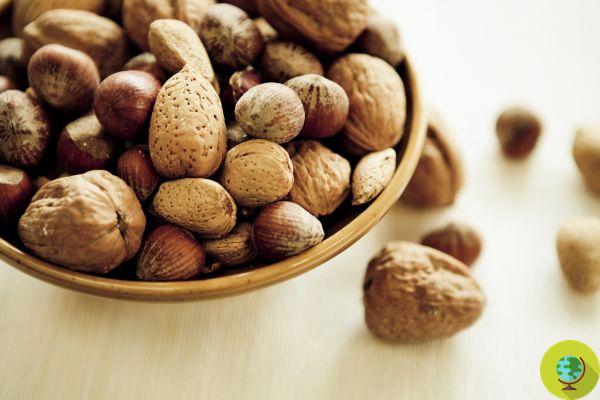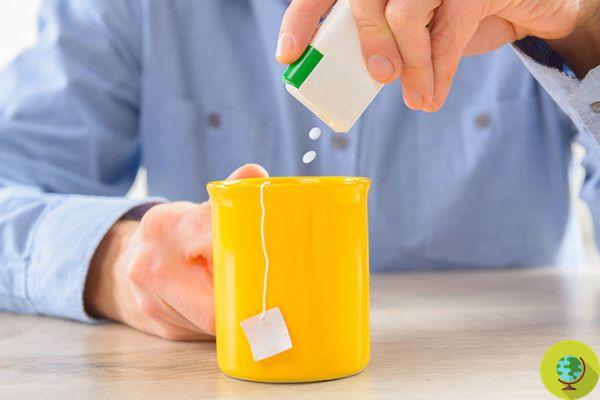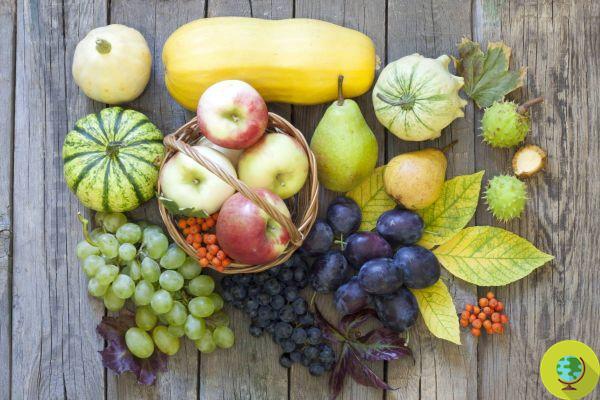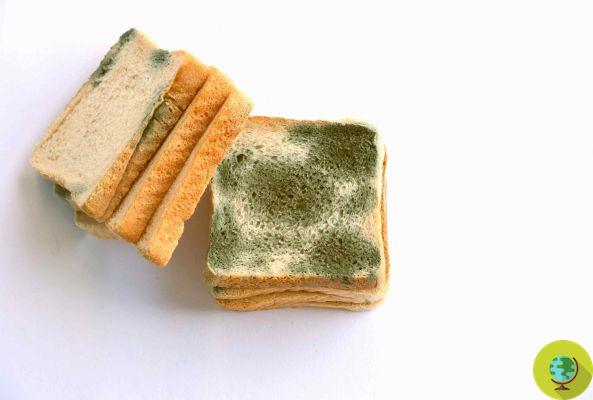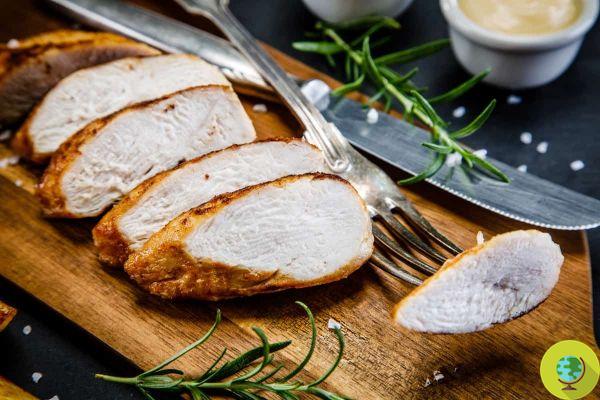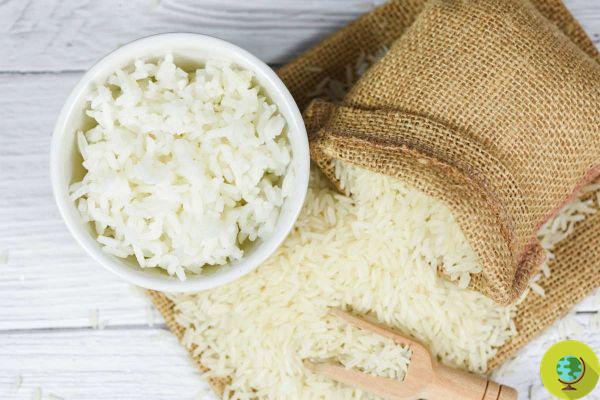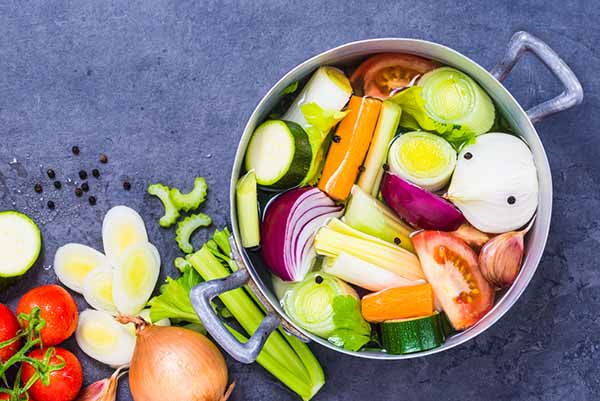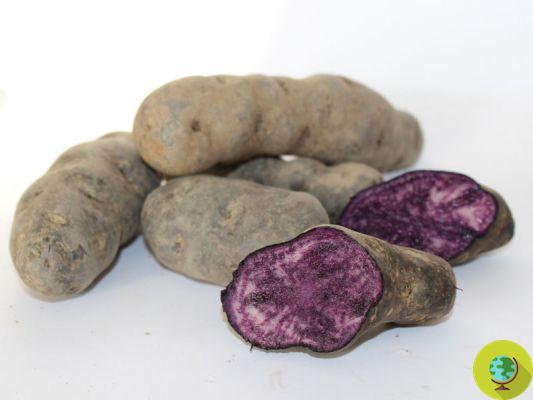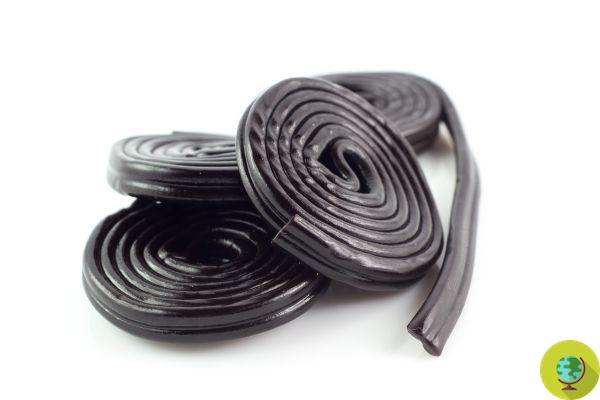Nettle (Urtica dioica) is a herbaceous plant widespread both in the East and in the West, known for the irritating power of the hairs that cover the leaves and stems. Less known, however, are its beneficial and curative properties, which make it an effective medicinal plant, particularly used in herbal medicine. We must also not forget that nettle can be used in the kitchen in the preparation of tasty dishes.
Don't store avocado like this: it's dangerous
THEortica (Urtica dioica) is a herbaceous plant widespread both in the East and in the West, known for the irritating power of the hairs that cover the leaves and stems. Less known, however, are his beneficial and healing properties, which make it aeffective medicinal plant, particularly used in herbalist's shop. It should also not be forgotten that nettle can be used in cooking in the preparation of tasty dishes.
Nettle can be easily collection using a pair of gloves, to avoid irritation. Its presence can be identified along mountain or countryside paths. For uyes curative and alimentary it is good to collect the nettle in areas located away from traffic citizen. Once cooked or dried, the nettle leaves lose their irritating characteristic and are thus completely harmless to the touch.
The nettle is particularly ricca of potassium, phosphorus, iron, vitamin A, vitamin C, calcium and potassium. Its curative and culinary uses were already known in Greece since ancient times, when, by tradition, the nettle had to be harvested before the arrival of spring. Nettle leaves contain good amounts of copper and zinc, which make its consumption suitable for those who want to strengthen nails and hair.
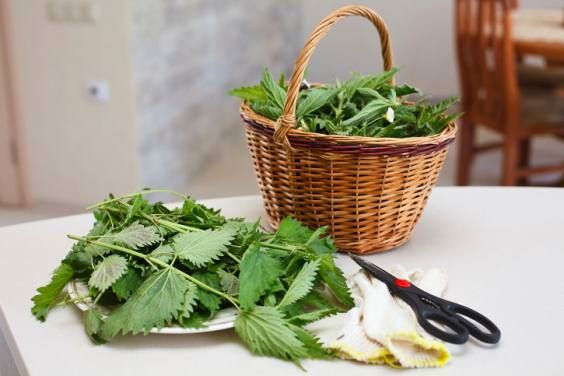
Her richness of trace elements makes it a plant from remineralizing properties, suitable to be consumed by those suffering from arthritis and such diseases rheumatic.
It is regarded as a real one cure-all for women going through menopause and a consequent reduction in bone mass, due to loss of football. Nettle is in fact one of the possible vegetable sources, as well as sesame seeds, almonds and broccoli.
Il consumption of nettle it is also useful to all who suffer from anemia o iron deficiency, with particular reference to women of childbearing age. Properties are attributed to the nettle andmostatic and antidiabetic. The intake of nettle is recommended to promote intestinal regularity and in case of episodes of dysentery.
Who is not lucky enough to be able to collect and dry nettle to be used when needed, can be found for sale in herbal medicine both leaves and roots already dried, to be used, for example, for the preparation of herbal teas and decoctions. There are also herbal preparations in the form of capsules or tinctures, to be purchased on the advice of a doctor or herbalist according to your needs.
A home tincture based on nettle, useful with the arrival of autumn, it can be prepared by leaving 10 grams of dried leaves to macerate in 100 grams of alcohol for liqueurs, with the addition of 30 milliliters of water. It is necessary to use a bottle or a bottle of dark glass, to be left to rest in the dark for ten days. Subsequently, the dye can be used in the quantity of a few drops to massage the scalp, in order to strengthen the hair and try to prevent seasonal fall.
Le dried flower tops of nettle they can be used for the preparation of an infusion useful for those suffering from iron deficiency, to whom at the same time it is possible to recommend an increase in the consumption of spinach and legumes, accompanied by sources of vitamin C, such as carrots, kiwis, citrus fruits and freshly squeezed orange juice. For the preparation of the infusion just let it sit a teaspoon of dried nettle flowers in a glass containing 250 ml of boiling water. The infusion must be filtered and left to cool before proceeding with consumption.
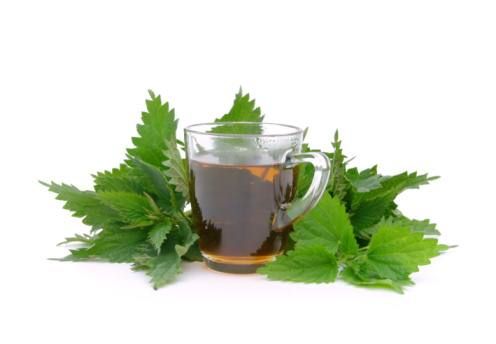
in cooking preparations it is enough to blanch the nettle leaves for a few minutes, to be able to chop them later and use them as an ingredient for the normal preparation of risottos, minestrone, soups, velvety and savory pies. The nettle leaves left whole can be used for the preparation of small rolls, to be filled, for example, with boiled barley. Together with mashed boiled potatoes and aromatic herbs, chopped nettle leaves can be the filling for excellent homemade ravioli.
Alternative uses of nettle
- uses of the nettle however, they are not limited to culinary uses and for well-being. It is in fact used as starting material in the textile field, for the realization of a woven fabric, called ramia or ramie, similar to hemp or linen. From the nettle you get one white and thin vegetable fiber, which was used in China long before the spread of cotton.
Nettle is also one dyeing plant, suitable for coloring fabrics. Its leaves are tinged with green, while the roots give the fabrics a yellow color. Dyeing plants such as nettle can be used for dye natural fabrics (not synthetic) bringing them to a boil together with the fabric you want to color and letting everything rest for a few hours, until the desired shade is obtained. To fix the color, the fabrics can then be immersed in a solution consisting of four parts of water and one part of white maple.
Read also:
- - 10 plant sources of calcium
- - 10 edible weeds
- - 12 sources of iron for vegans




